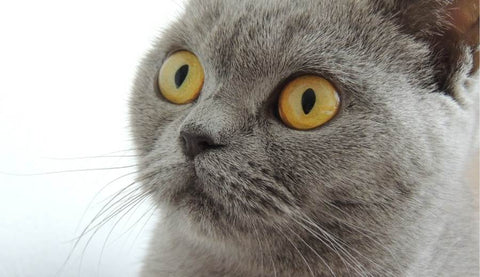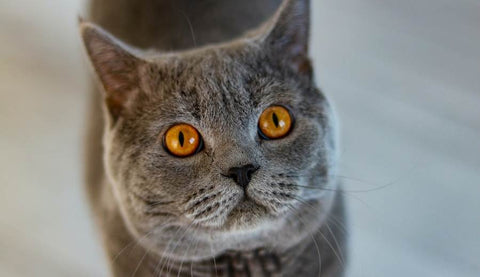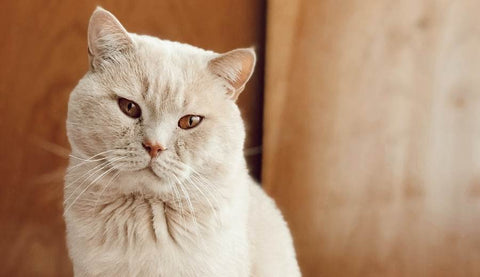Here in the UK the most popular type of cat is, of course, the beloved moggie - but if we start getting into the world of specific cat breeds, it’s usually the British Shorthair that comes out on top. A quarter of all kittens registered each year with the UK’s Governing Council of the Cat Fancy are British Shorthairs, which makes it the most popular pedigree cat breed in the country.
Not only are they one of the most popular and distinctive looking cat breeds around—they’re also one of the oldest! The official British Shorthair pedigree cat as it’s known today originated in 1870—but its history goes all the way back to ancient times.
School history lessons are a distant memory to most of us, but ancient history has a lot more to do with our modern feline friends than you might think!
Cats in the Ancient Rome Empire
The origins of the British Shorthair go back to the first century AD and the ancient Romans. Rome invaded Britain in 43 AD and quickly took control of the south of the country, which is where the cats come in…
The Romans relied on cats to keep down the populations of pests like mice, rats, and snakes in their camps, so in their new British territories it was no different. They imported their cats over to Britain, and eventually these “Roman” cats bred with the local wildcat populations here. This resulted in cats that actually looked pretty similar to the modern day British Shorthair—descriptions from the time suggest not much has changed.
19th & 20th Century
Fast forward to the last 150 years, and while the cats haven’t changed much in appearance, they’ve definitely had a bit of a career change. While some cats might still be working as mousers, the second half of the 19th century also saw cats move firmly into the role of household pets, and it’s also when the first ever cat show took place!
Held at Crystal Palace in 1871, this cat show was the idea of a cat lover called Harrison Weir. He and his very first cat show paved the way for modern breed standards, and Shorthair cats featured in the list of exhibited cats. Weir and the show raised the profile of domestic cats, and led to more cat shows, cat clubs, and the recognition of cat breeds as we now know them.
The British Shorthair almost disappeared entirely in the first half of the 20th century, as a result of the two World Wars. With very few of the breed left, it became incredibly rare and impossible to breed as before. Cat breeders managed to save the breed by crossing it with other shorthair cats, as well as Persian cats and Russian Blues—and today, you’d never guess that this popular breed almost disappeared.
British Shorthair Variations
The breed comes in a whole range of colours, but it’s the “blue” grey coat that’s perhaps the most instantly recognisable, and the most popular. This blue coat is often accompanied by bright orange eyes, but you might see British Shorthairs with green, blue, or yellow eyes!
While their coats can vary to almost any shade, from white and black to lilac or cream, it’s the thickness and texture of their coat, and their cute chubby faces, that make the Shorthairs so recognisable.

More Cat History
You can find out even more on The International Cat Association’s guide to British Shorthairs, and if all this talk of ancient cats has got you curious, you can read more about the history of the house cat and the role of cats in ancient Egypt.11/07/2022 by NatuTeam



